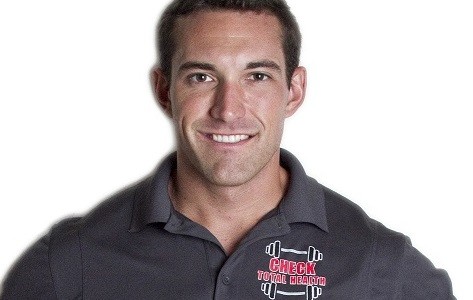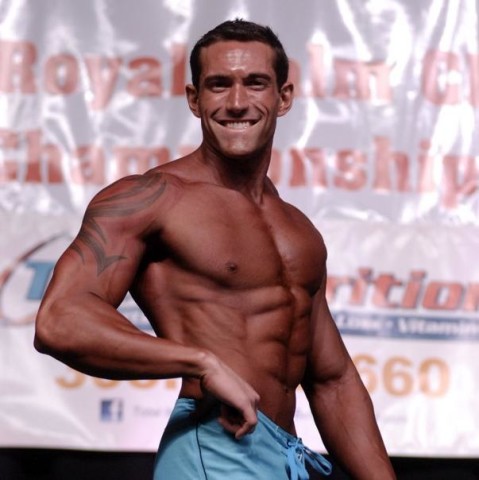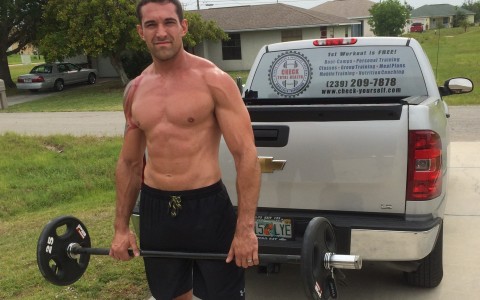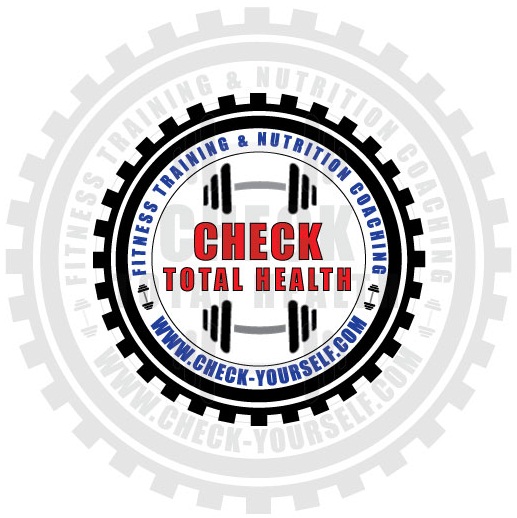Justin Check, NSCA-CPT, FNC
Check Total Health, LLC
239.209.7878
justin@check-yourself.com
www.check-yourself.com
One of the most frustrating concepts to grasp for many people (usually more so for woman than men) is the difference between body weight and body composition and how each differently influence your overall physique. I’ve looked great at 200 lbs. and I’ve looked great at 220 lbs. How can that be? It’s simple- body composition will ALWAYS determine how good your physique looks, not body weight. It all comes down to the type of physique that you want and how long you’re willing to work and wait to get it. One thing will always be certain though…the lower your body fat percentage is the better you’ll look, which is not necessarily true about your body weight.
Time and time again I’ve witnessed the frustrations of friends and clients who’ve put in plenty of hard work at the gym, but didn’t see quick nor big drops in the number on the scale. This is very normal and in fact the right way to lose excess weight (fat) if that’s in fact your goal. Reason being that your body is only capable of metabolizing so much fat for energy in a weeks time (1-3 pounds on average), so when you see or hear of somebody losing large amounts of weight in a weeks time you can almost be certain that a lot of it is from retained fluids (water weight) and possibly some muscle mass if they aren’t eating properly. So if you’re more worried about how good you look in a bathing suit, then I would suggest you stop stepping on the scale every day and start worrying more about your body composition as oppose to your body weight.
Your body composition is simply the ratio of your muscle to fat (body fat %). It doesn’t matter if you’re 5′ 5″ and 105 lbs. or if your 5′ 5″ and 125 lbs. The bottom line is if your body fat percentage is low then you’re going to look lean and healthy. Who do you think looks better in a bikini- a 5′ 5″, 105 lb. woman at 25% body fat or a 5′ 5″, 125 lb. woman at 13% body fat? The 125 lb. woman has about 10 pounds less of fat on her and is certainly going to look better and healthier. Main reason being is that muscle is much more dense and heavier than fat (about 5x heavier in fact), so 10 pounds of muscle is much much smaller than 10 pounds of fat and it works the same when it’s on your body!
So unless you’re trying to become a competitive body builder or make weight for a sport you’re in, stop worrying so much about your weight and start trusting the process. It takes time, but if you focus more on your body composition rather than your body weight you’ll not only see more of your true results, but keep your sanity as well! If you’re curious on how to test your body composition, please feel free to contact me for a free 9 point caliper body fat test which is the second most accurate method to testing body composition. Under-water hydro-static weighing is the most accurate method, but is very costly and is usually only done by major athletic training facilities and human performance clinics.
Be sure to check out the NO B.S. FITNESS blog regularly on my website or on my Facebook pages for free information and advice on fitness topics that are practiced and preached by experienced fitness professionals!









